How did I manage to catch the 3 dimensions of our World?
I had some fun sorting the different way to obtain a stereoscopic pair (see the page “Anaglyph, what a hell is that?”).
There are numerous manners to freeze the depth but I chose to describe only those based on stereoscopy. Thus I won’t speak in this page about lenticular network nor holography whereas they are used in some particular cases. You can have a look at that page.
Two consecutive pictures using a unique camera with optical axis parallel: “cha-cha” method.
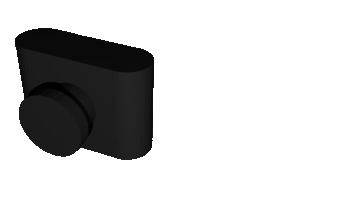
Two consecutive pictures using a unique camera with converging optical axis (Toe-in).
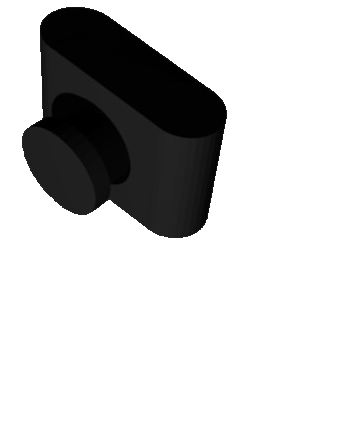
One shot with a double lens camera.
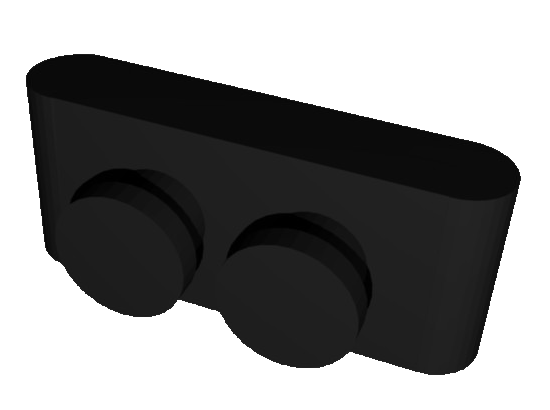
With such a device, it is possible shoot 3D pictures of moving subjects because the two pictures are shot exactly at the same time.
Two pictures simultaneously using two cameras (moving subjects possible).
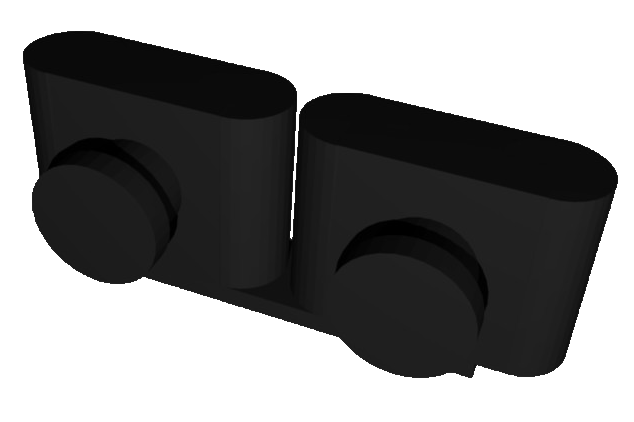
-Distance between the two cameras can be set thus modulating the relief effect.
-Any pair of identical cameras can be used.
In consideration of the two advantages, two inconvenients:
-It is quite difficult to obtain the simultaneous release of both cameras. 2010: It was the case few years ago, partly addressed by quite expensive dispositives such as Lanc Shepherd or Pokescope. Then, Masuji Suto released his “StereoData Maker (SDM)” (follwo the link for more details).
-The system could results quite bulky especially if it is made by coupling two SLR camera ! But real amateur are not afraid of that. They surely experiments the same sensations photography pioneers lived carrying their heavy view cameras. I am dreaming when I can afford it (2010 note, I am fully happy with SDM).
Use of a beamsplitter.
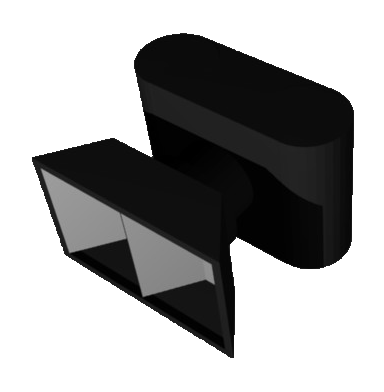
Advantages:
-It is possible to shoot fast moving subjects as the two images of the pair are taken exactly at the same instant.
-Usually, there is only one lens witch limits distortions between the two images of the pair.
Disadvantages:
-The device geometry should be very precise.
-The stereo-pair orientation is portrait.
Low price simple devices of that kind can be found, they are not high quality but give access to the stereo of the moving subject. This is the case of the famous Loreo (as an accessory for SLR camera).
Finally, it can be noticed that the vast majority of the stereo macro-photography visible on the Web have been shot with such a beamsplitter.
Twice with a flatbed scanner.
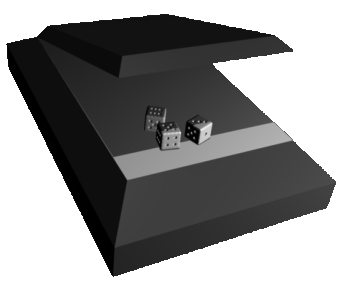
By flipping the object in front of a still lens (microscope).
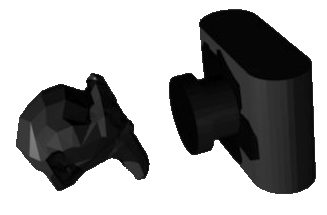
There are probably a lot of other mounts witch adapt to each stereoscopic shooting case.